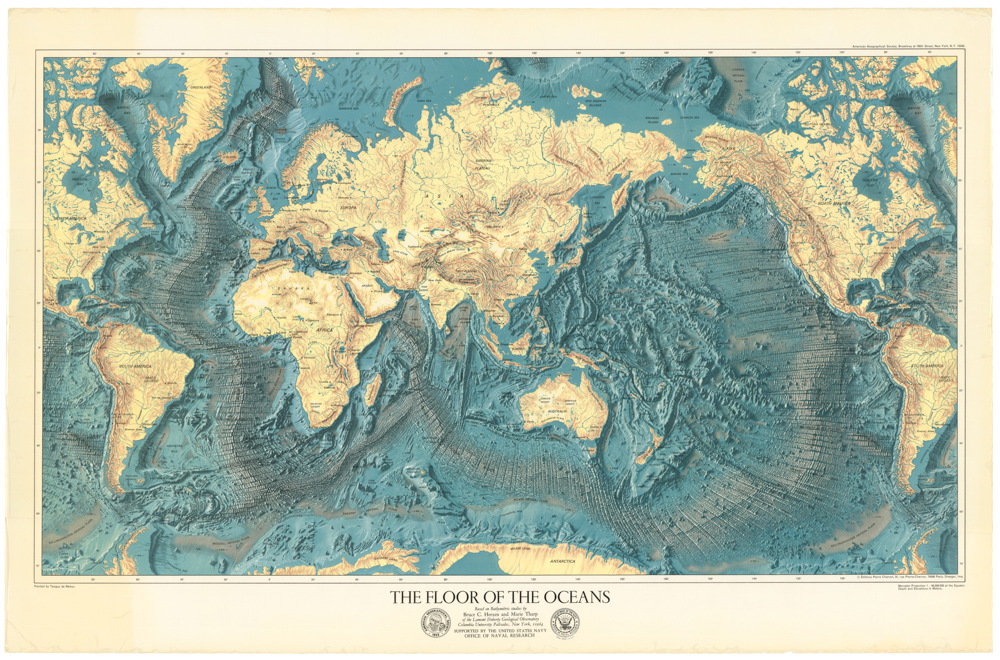Fascinating 1785 world map filled with myths and misconceptions, including: a prominent Northwest Passage, the legend of Fousang, and Alaska as an island.
Mappe-monde, ou carte générale de la terre et des mers, suivant les dernières observations…
Out of stock
Description
Colorful and scarce double-hemisphere world map based on the work of famed cartographer Jean Baptiste Nolin and published in Paris by Chez Mondhare in 1785. The map offers a curious mix of scientific and speculative cartography. On the one hand, this is a work that is a direct expression of the Age of Enlightenment, with illustrations of celestial models from some of the most famous names in the history of science (Descartes, Copernicus, Ptolemy, Brahe), along with scientific instruments and geographical theories.
On the other hand, significant portions of the globe have still been mapped according to contemporary speculative geographic concepts. The results of Cook’s Third Voyage have yet to be incorporated, and thus the Pacific Northwest remains one of the world’s great unmapped frontiers. The mapmaker follows the Delisle/Buache model of De Fonte’s dubious account, with a clear transcontinental water route from the North Pacific to Hudson’s Bay, along with a large Sea of the West (Mer de l’Ouest) above California. The presence of both of these concepts speaks to the enduring power of the centuries-old ongoing search for a Northwest Passage.
Two other classic cartographic myths found on the map are Fou-sang and the Island of Alaska. North of the Sea of the West we see a label plotting “Fou-sang de Chinois.” This is a reference to the legend of Fou-sang (also Fusang), which derived from a Chinese account of a fifth century Buddhist monk who was said to have been blown off course and found himself in a marvelous and strange new land; eventually this land became identified and located by mapmakers anywhere from Oregon to British Colombia.
To the northwest, we find a massive island in the middle of the Bering Straight (colored blue-green, under the word ‘Cercle‘). While not directly labeled, this is a depiction of the island identified on contemporary maps as Alaschka. The rendition of Alaska as an island is a geographical error similar to the persistent notion of California as an island. The notion most likely came from Jacob von Strählin, secretary to the Russian Academy of Sciences, who published his own map of the region in 1773 based on the observations and notes of Lieutenant Ivan Synd, who had surveyed the region as part of a Russian naval expedition in the 1760s.
This captivating map also features an unfinished Australia, a misshapen Japan, plotted routes of famous voyages of exploration, and more.
Cartographer(s):
Jean-Baptiste Nolin (c. 1657–1708) was a French cartographer and engraver.
Louis-Joseph MondhareLouis-Joseph Mondhare, born in 1734 and died August 21, 1799, was a writer and map publisher from Normandy but working in Paris.
Condition Description
Some marginal closed tears and repairs, backed with archival paper.
References
OCLC Worldcat #611352041.





